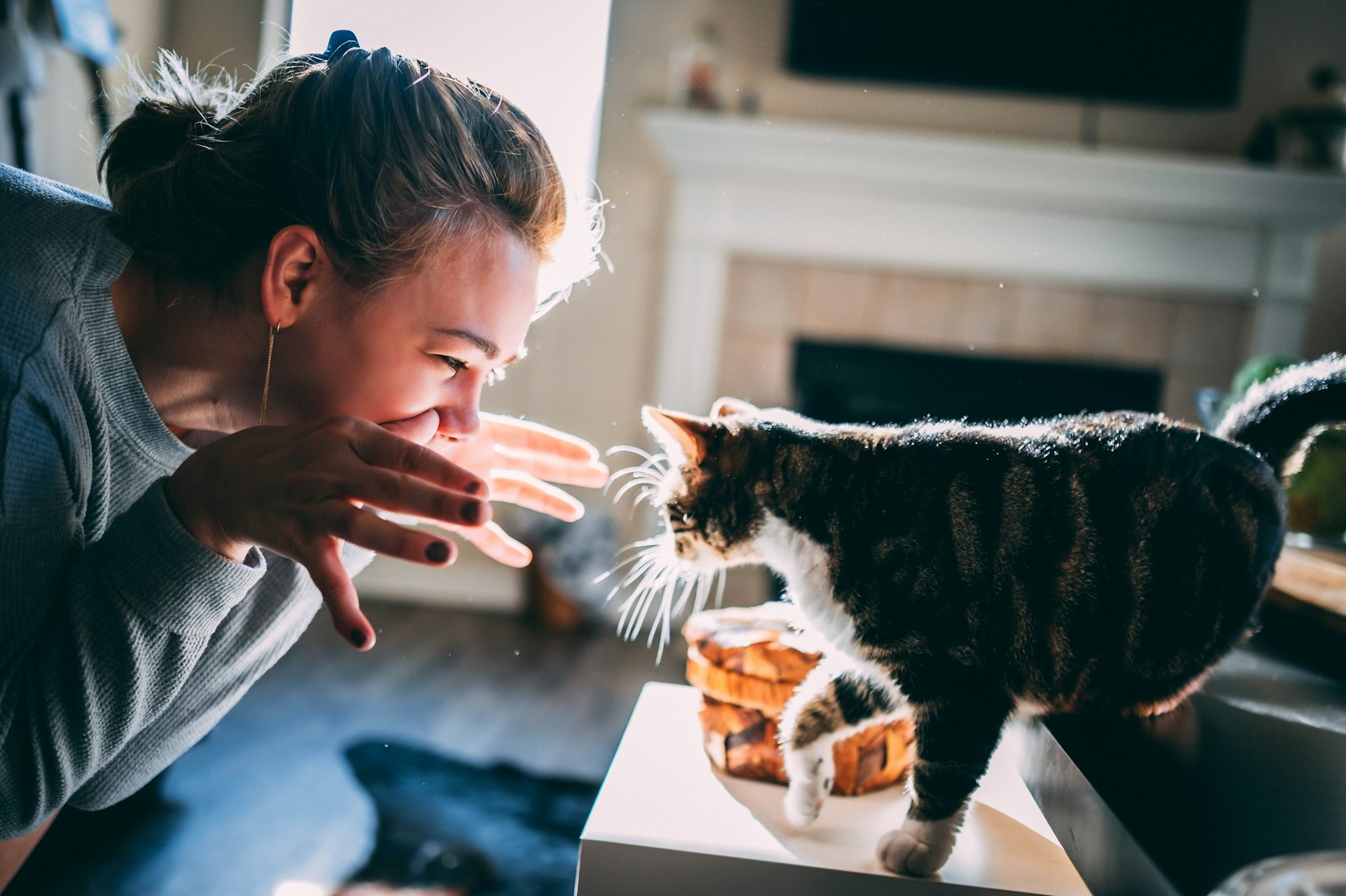Science confirms what cat lovers suspected: a simple eye gesture can deepen your bond with even the most aloof feline. Here’s how to master it.
Key Points at a Glance:
- Slow blinking at cats increases positive interactions by 94%, per a University of Sussex study.
- This “cat smile” mimics feline body language used to signal safety and affection.
- Cats reciprocate slow blinks 72% of the time, suggesting intentional communication.
- Shelters using the technique report 40% faster adoption rates for shy cats.
Cats have long been labeled enigmatic, but groundbreaking research reveals humans can “speak” their language with one effortless gesture: the slow blink. A 2020 study published in Scientific Reports found that narrowing your eyes and blinking slowly at cats—akin to a relaxed smile—triggers a trust response rooted in their evolutionary behavior.
The Science of the Slow Blink
Researchers at the University of Sussex and Portsmouth conducted two experiments. First, they observed 100 cat-human pairs in home settings. Owners who slow-blinked received significantly more purring, head rubs, and lap-sitting. In the lab, when strangers slow-blinked at shelter cats, 94% approached the person within 30 seconds, versus 22% with neutral expressions.
“Cats interpret slow blinks as non-threatening signals,” explains Dr. Karen McComb, lead author. “In the wild, maintaining direct eye contact is aggressive. By softening their gaze, humans mimic the facial expressions cats use with trusted companions.”
Why It Works: Feline Body Language Decoded
Slow blinking activates a feedback loop tied to oxytocin, the “bonding hormone.” When cats respond with their own languid blinks, it’s not coincidence—it’s conversation.
- Eyes as Emotional Barometers:
- Wide, unblinking stare = Threat (e.g., predator assessing prey).
- Half-closed eyes + slow blink = Contentment (observed in mother-kitten interactions).
- The Reciprocal Effect:
Cats who trust their humans initiate slow blinks first. In the study, 65% of cats opened interactions with slow blinks when seeking attention. - Context Matters:
The gesture works best in calm environments. Stressed or feral cats may remain wary, though shelters report success with gradual exposure.
Real-World Applications: From Living Rooms to Shelters
- Adoption Breakthroughs: The ASPCA now trains staff in slow-blinking techniques. “Shy cats previously deemed ‘unadoptable’ now seek interaction,” says trainer Lisa Lee.
- Veterinary Visits: Vets use slow blinks to calm anxious patients, reducing sedation needs by 30% in a 2023 trial.
- Multi-Cat Homes: Blinking at one cat can ease tensions in groups. “It’s like saying, ‘We’re all safe here,’” says behaviorist Dr. Sarah Ellis.
Beyond Blinking: Building a Full “Cat Vocabulary”
While slow blinking is the star, other gestures enhance communication:
- The Head Tilt: Mimicking how cats greet friends, tilt your head slightly sideways.
- Playful Pauses: Freeze mid-movement during play to signal “non-predatory” intent.
- Ear Alignment: Avoid looming over cats. Crouch to their level with ears relaxed (no perky “alert” posture).
Limitations and Caveats
Not all cats respond identically. Breeds like Siamese—more socially driven—show stronger reactions. Age matters too: kittens under 6 months prioritize play over blinking rituals.
The Bigger Picture: Rethinking Human-Animal Bonds
This research aligns with broader findings in cross-species communication. A 2023 Cambridge study found dogs also respond to intentional facial expressions, suggesting mammals share a baseline “language” of trust.
“Slow blinking bridges the human-feline divide,” says McComb. “It’s proof that understanding begins with observing—not imposing—their world.”
